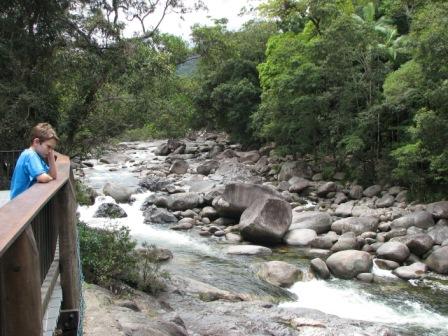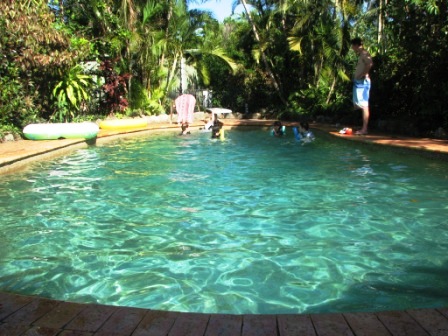How to Make Your Own Lava Lamp (Science Experiment)
We loved this science experiment. Boy is 11, in Grade 6 and really got into all the learning about weights, density and changes. An easy experiment, my view is that it suitable for children in the very early years of school as well. Learning tips can be found on the website where we accessed this lava lamp experiment: ABC, Spark Experiments.
Make Your Own Lava Lamp
Oil and water don't mix -- oil always floats on top -- or does it?

What You Need :
- clear plastic drink bottle
- water
- food colouring
- cooking oil
- salt
- Pour water into the bottle until it is two thirds full.
- Add a few drops of food colouring to the water.
- Pour in a small quantity of oil, just enough to form a layer on top of the water.
- Sprinkle a few pinches of salt onto the oil and watch what happens.
- Keep adding salt to make your experiment last longer.
Whats Going On:
You’ve heard the saying -- "oil and water don't mix"?A teaspoon of water is much denser than a teaspoon of oil -- in other words, it's heavier.
Density is a measurement that can be used to explain why things sink or float.
Oil makes a layer on the surface of the water because it is less dense, or lighter, than the water. When the salt is sprinkled into the bottle, it sinks to the bottom taking a glob of oil with it. The salt then dissolves in the water leaving the oil to float back up to the surface.
Associated Home School Diary entry for this experiment: Smelly Science





2 comments:
That's cool. I think I want to try it...I'm sure my kids will enjoy it too. But I want to try it ; )
Hey Dana
have fun when you make it. The adults in this house were the offenders of HUGE salt consumption by adding salt to the bottle for days. It's a really neat trick.
Post a Comment